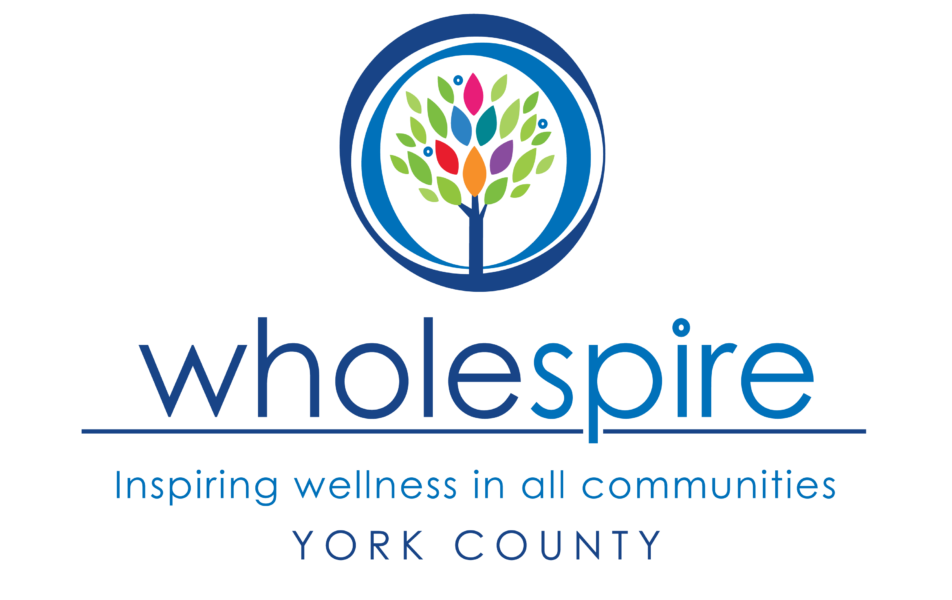Rock Hill, SC (June 14, 2017) – Eat Smart Move More York County (ESMMYC) joined grassroots leaders and organizations impacting population health to coordinate and focus efforts to make a healthier South Carolina (SC) for all. This second annual Population Health Summit was again facilitated by the Alliance for a Healthier South Carolina (healthiersc.org). With 250 attendees in nine locations, this was SC’s largest virtual public health summit and represented an unprecedented coalition across our state committed to health.
Organizers noted, “we are still facing many health challenges and inequities across our state, but we believe we can address these via collective impact.”  Community, non-profit, business, government and healthcare leaders in attendance were asked to keep their “equity lenses” on as they worked to transform health opportunities in our communities.
Community, non-profit, business, government and healthcare leaders in attendance were asked to keep their “equity lenses” on as they worked to transform health opportunities in our communities.
Participants from the Winthrop University location have been meeting at least monthly to continue efforts agreed upon during last year’s Population Health Summit. Calling themselves “Impact York County,” they serving as the umbrella organization to demonstrate collective impact and create a structure to support a culture of health. Collective impact includes a common agenda, shared measurement, mutually reinforcing activities, continuous communication and backbone organizations. Dr. Duane R. Neff, Winthrop University professor, was impressed by the strong participation and energy of the multidisciplinary partners contributing to various workgroups. The next step is a “deep data dive” to support the coalition’s efforts.
York County participants at the Summit agreed that socioeconomic factors 
most significantly influence health outcomes. Ernest G. Brown of the North Central Family Medical Center, Rock Hill, emphasized the need to address poverty. David Lisk, Executive Director at York County First Steps, agreed that we could “draw a line from poverty to each of these areas.” Susan Collier, Community Systems Team at SC Department of Health and Environmental Control (DHEC), said, “data needs to be put into the storytelling framework.” Annie Jones, Collective Impact Associate at the United Way of York County, pointed out that our data analysis would put us “in a position to present it in a digestable and compelling way.” The data will show where the gaps are, and with Impact York County telling the story, we can get community members to buy in. Mr. Lisk emphasized that, “when identifying 

poverty as the cause, we need to identify that solutions exist.” Dr. David Keely, local family medicine and public health physician for the past 35 years, and ESMMYC Advocacy Committee chair, noted that as we work to create a culture of health, and pursue supporting grants, we will articulate how our pursuit of a common focus, such as poverty, will get us closer to our goals.
Meantime, Brisa Hernandez, Carolinas Healthcare System, agreed that we can  also take short-term steps to make “quick wins that we can add to our story.” Dr. Brown encourages people to take steps now to reduce poverty, “like establish community gardens and grow fresh vegetables. Local businesses and governments could set up job programs for youth.”
also take short-term steps to make “quick wins that we can add to our story.” Dr. Brown encourages people to take steps now to reduce poverty, “like establish community gardens and grow fresh vegetables. Local businesses and governments could set up job programs for youth.”
Agape Hospice is developing a new project called “Faith First” which will focus on wellness care for members of faith-based organizations and spiritual care. Ronnie Duncan, Diversity & Inclusion  Executive, also described his church ministry, the Garden of Shalom, putting together community service projects through its nonprofit called “iSupportU,” a community-based grief-support system.
Executive, also described his church ministry, the Garden of Shalom, putting together community service projects through its nonprofit called “iSupportU,” a community-based grief-support system.
Also interesting was Dr. Lilian Peake, SC DHEC, giving the state perspectives of population health. She noted that U.S. life expectancy is lower than that of many other countries; but our per capita spending on healthcare is more than 2x higher than that of any other country. In 2015, stroke is the fifth leading cause of death, down from third in 2005 due to reduced tobacco use and controlled hypertension – this is a significant success. Heart disease deaths have decreased between 2005 and 2015; there is a disparity between whites and blacks, as in other diseases. Chronic lower respiratory disease deaths are increasing. Injury deaths are increasing, with a big increase starting in 2013, in part due to increased overdose deaths. Motor vehicle accident deaths are increasing, probably due to cell phones. And adult obesity is an issue.
The Summit was sponsored by County Health Rankings & Roadmaps, a Robert Woods Johnson Foundation program.
Impact York County will continue to meet monthly to address the identified priorities. Contact ESMMYC for more information.
Alliance for a Healthier South Carolina coordinates action on shared goals to improve the health of all people in South Carolina. Its priorities are healthy babies, healthy minds, health equity, healthy children and healthy bodies.
Eat Smart Move More York County is a collaborative, community-based coalition comprised of members striving to reduce the number of overweight and obese residents in York County, SC.
